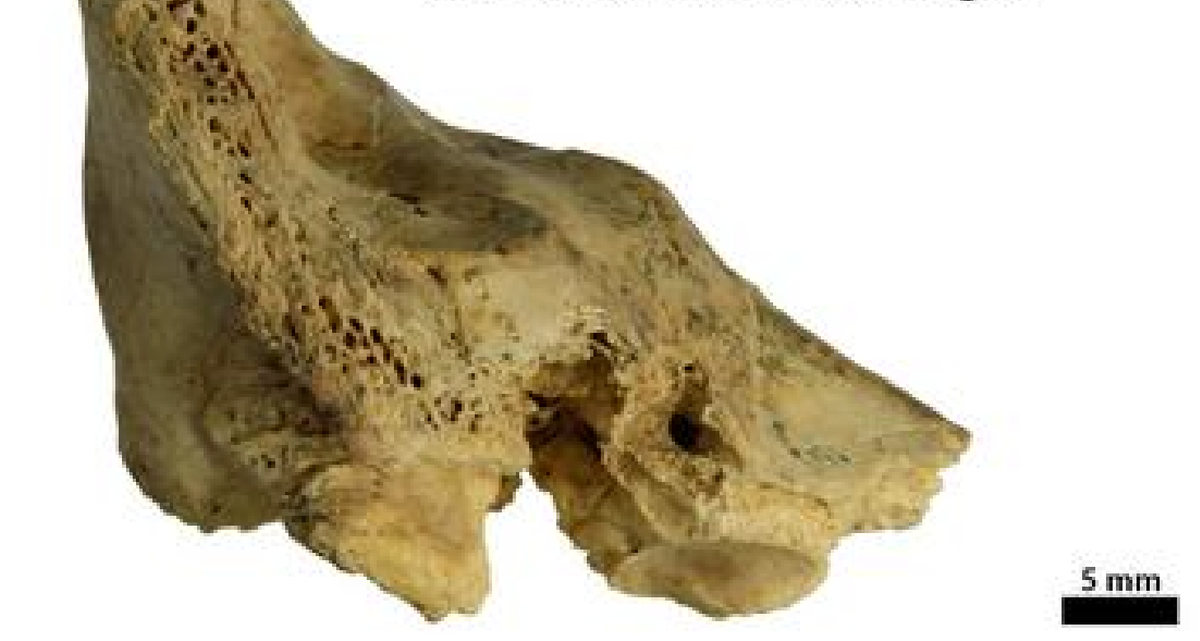
Scientists have uncovered the first-ever fossil evidence of Down syndrome in Neanderthals, shedding new light on the human ancestors’ compassion towards vulnerable members of their groups.
Anthropologists studied the skeletal remains of a Neanderthal child – affectionately named Tina – found at a cave in Valencia.
Excavations revealed that a small number of individuals occupied the cave Cova Negra for short periods, alternating with the presence of carnivores.
“The excavations at Cova Negra have been key to understanding the way of life of the Neandertals along the Mediterranean coast of the Iberian Peninsula and have allowed us to define the occupations of the settlement,” study co-author Valentín Villaverde said.
Researchers, including those from the University of Valencia in Spain, conducted CT X-ray scans of a fragment of the child’s skull.
They assessed a part of the right temporal bone, containing the ear region and reconstructed a three-dimensional model for measurement and analysis.
The study revealed that Tina suffered from a genetic condition of the inner ear which is associated with Down syndrome and known to produce severe hearing loss and disabling vertigo.
Down syndrome is linked to a range of physical and mental impairments, including inner ear malformations.
The genetic condition affects physical and cognitive development with a strong impact on all stages of child growth, including a delay in developing walking and speech.
While the life expectancy of children with the condition has risen to 60 in developed countries thanks to advancements in healthcare, up until 1930, it was only nine years.
Bone remains suggest Tina survived to at least 6 years of age, but likely required extensive care from other Neanderthal members of the social group.
These findings have key implications for our understanding of Neanderthal behaviour, scientists say.
While researchers have known for decades that Neanderthals cared for disabled individuals, previous studies have documented only such social care of adult individuals.
This has led some scientists to suspect if Neanderthal care was truly altruistic behaviour, or if it was more of a reciprocal help exchange between equals.
“What was not known until now was any case of an individual who had received help, even if they could not return the favour, which would prove the existence of true altruism among Neandertals,” Mercedes Conde, another author of the study, said.
Now, the latest study of Tina’s bone fragments suggests Neanderthals were likely capable of caring even if there was limited possibility to reciprocate the assistance.
This marks the first evidence of such altruistic care by Neanderthals for vulnerable members.
“This is a fantastic study, combining rigorous archaeological excavations, modern medical imaging techniques and diagnostic criteria to document Down syndrome in a Neandertal individual for the first time,” anthropologist Rolf Quam from Binghampton University said.







